Halle Berry is a remarkable woman. Despite recently celebrating her 50th birthday, the woman seems to be immune to the effects of aging. She looks practically unchanged from twenty years ago. There are many other examples of celebrities who seem to defy their years, and we want to know how they’re doing it.

Image by Gage Skidmore
The first thing to note is that many of them have had cosmetic enhancements – that’s no secret. But some seem to retain their youthful appearance anyway, even if they haven’t gone under the knife. Many of them are moms too. So the question is “how do they do it?” What are their secrets? How can we change our lifestyles to look 30 at 50?
Moms, Like Gwyneth Paltrow, Swear By Diet
Gwyneth Paltrow is perhaps an extreme example, given her proclivity to engage in the latest diet fads. But there’s no doubt that she has managed to turn back the tide on advancing years. Staying youthful for her involves a strict regimen of “clean eating,” chowing down daily on staples like quinoa and buckwheat.
Although her regimen may have some pseudoscientific elements, there’s no doubt that she’s got the basics right. The diet is mostly plant-based, it’s high in antioxidants, and she includes foods which interrupt aging mechanisms at a cellular level.
Sounds complicated, but it’s not. It turns out that there are certain foods available that interrupt pathways in cells that lead to aging. Some high-fat, animal-based foods switch off genetic channels which cells use to maintain youthful function. Other foods, like green tea, leafy greens, nuts, and berries, switch on the same pathways, telling the body to go into repair mode. On the microscopic level, cells look younger and healthier. On the big scale – like the scale of your face or thighs – the result is bouncy, toned skin that looks radiant. What you put in your body makes a big difference.
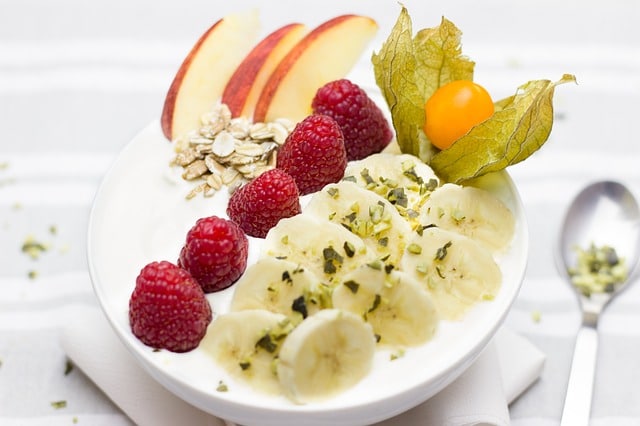
Eat Fiber
One of the reasons for the increase in varicose vein treatments is the fact that people aren’t getting as much fiber as they got in the past. There’s evidence that paleolithic man got more than 100 grams of fiber per day – ten times that consumed by the average American and four times the daily recommended intake. One hundred grams of fiber is truly prodigious, but an amount that the human body became accustomed to eating over evolutionary timescales. You would expect, therefore, that today’s modern, refined diet which largely eliminates fiber would result in problems.
A low fiber-diet not only leads to internal problems, like diverticulosis but also issues that are visible on the surface. Researchers aren’t exactly sure what causes varicose veins to form, but they think that it might have something to do with “straining at stool.” When women go to the bathroom, many don’t get enough fiber for their bowels to pass stool comfortably. Instead, they have to strain, causing a buildup of pressure in the abdomen. This pressure then gets transmitted into the valves which control blood flow into the legs. Over time, straining can cause these valves to become damaged, leading to a buildup of blood in the lower limbs. This blood then causes blood vessels to swell and harden, resulting in that characteristic varicose appearance.
Fibre, therefore, might be your best defense against varicose veins. It reducing straining when going to the bathroom helps improve the health of your cardiovascular system and could lead to epigenetic changes that switch off your propensity to develop varicosity in the first place.
Use Natural, Topical Treatments
What you put on your body could have just as profound an effect as what you put in it, at least if you believe the science. People who look much younger than they often swear by topical treatments using natural compounds found in nature.
Take turmeric, for instance. The Asian wonder-spice has been linked to everything, from a reduction in cancer incidence to a longer life (at least in fruit flies). But because of its rich antioxidants, people have found that the spice also improves the appearance of the skin, even if it does tinge it yellow for a while afterward.
The superfruit Amla – or Indian gooseberry – is also a hit among those wanting to rejuvenate and get rid of fine lines and wrinkles. The fruit boasts the highest antioxidant capacity of any regularly-consumed food, and so it’s no wonder that it can have a profound effect on appearance.
Aim For Quality Sleep
Sleep scientists tend to disagree about exactly how much sleep people need. Is it six hours? Seven? Eight? What they do agree upon, however, is the importance of putting the body into sleep mode: that is, creating the hormonal environment that will encourage high-quality sleep.
But what does that mean in practice? Most experts recommend that people avoid exposing themselves to bright, artificial lights in the run-up to bedtime. Phones, bathroom lights, and computer screens can all signal to the body that it’s morning – not what you want when you need to sleep.
Science shows that beauty sleep is a real thing: it does make a difference to appearance, both in the short and long term. People who get more sleep tend to age better and look better on a day to day basis. Are you getting enough?
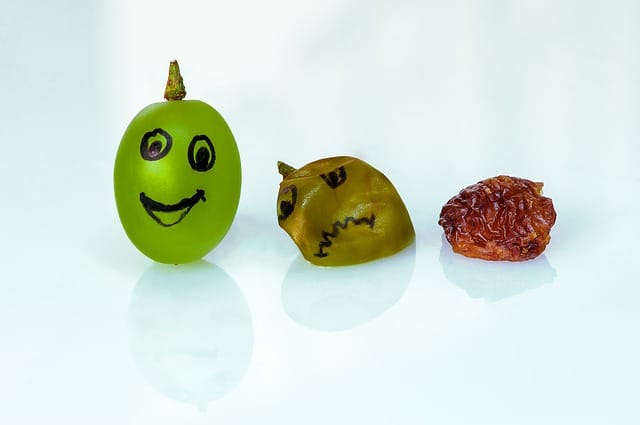
Protect Against Photoaging
Photoaging is just a fancy scientific term to describe the aging effect of the sun on the skin. If you’ve ever followed any of these “ageless celebrities” online, you’ll notice that they talk about SPF and wearing sunscreen every time they leave the house, even in the winter. The reason for this is simple: UVA and UVB rays are so energetic that they can damage and destroy the DNA in cells, leading to a reduction in the ability of cells to retain their youthful characteristics. Skin cells can start to lose their elasticity and sag when exposed to the sun, so it’s always worth covering up and taking a vitamin D supplement. A diet high in healthy foods can reverse some of the signs of photoaging, so it’s never too late.

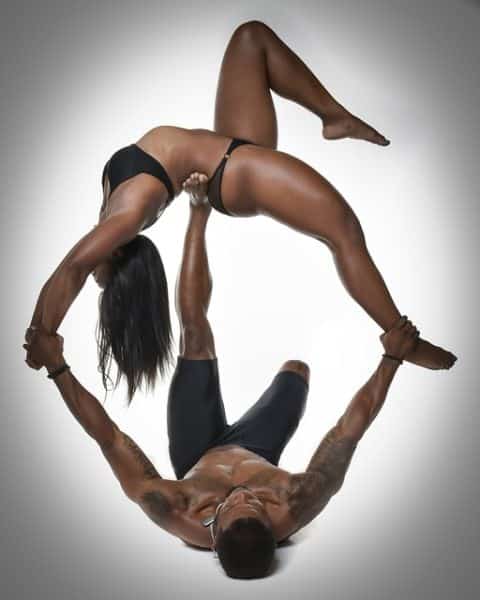

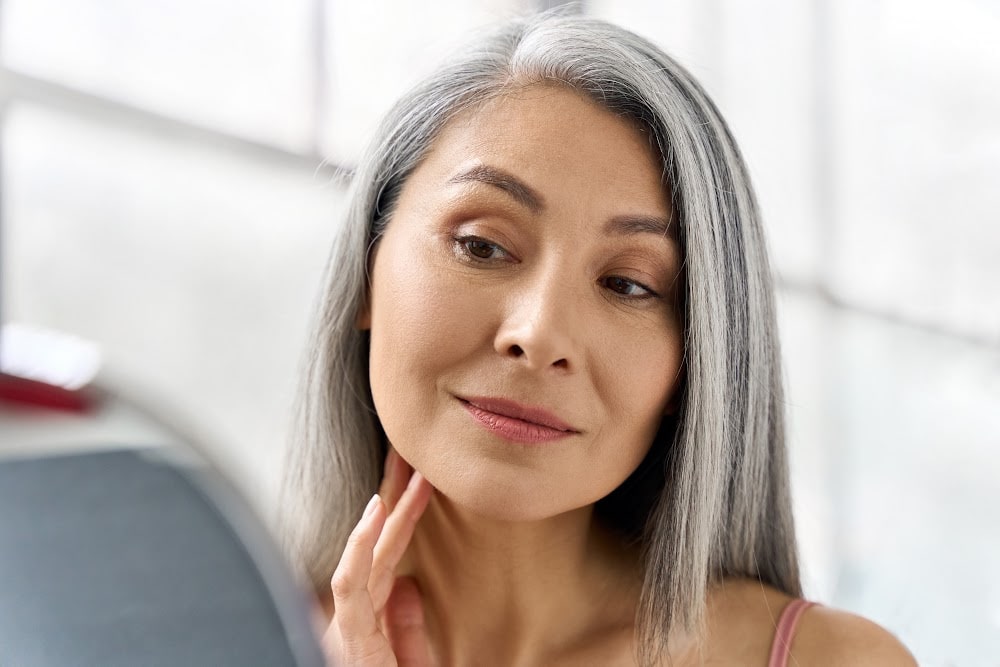
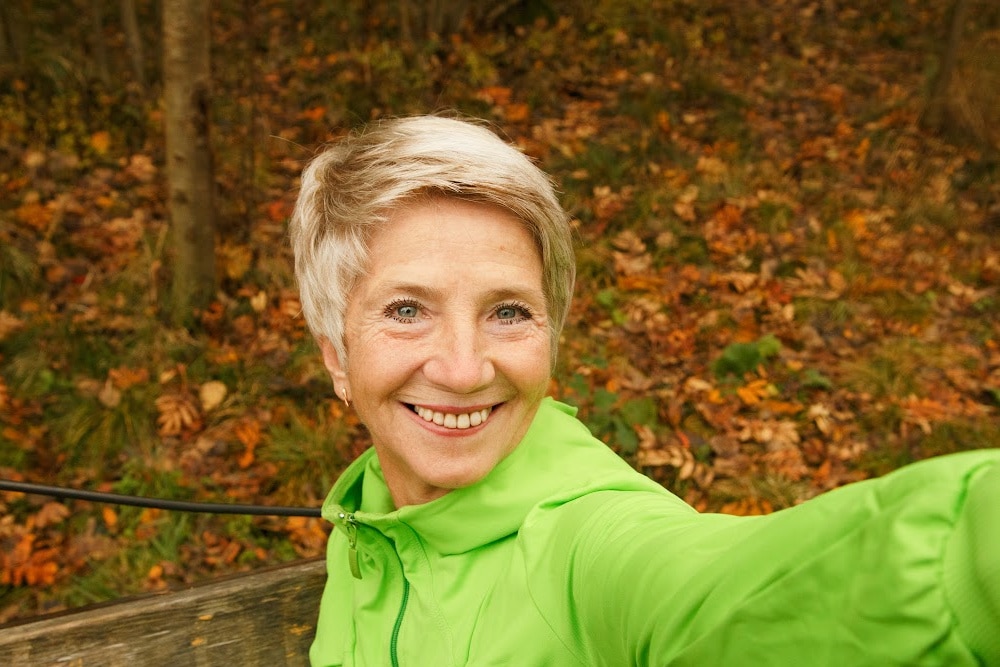
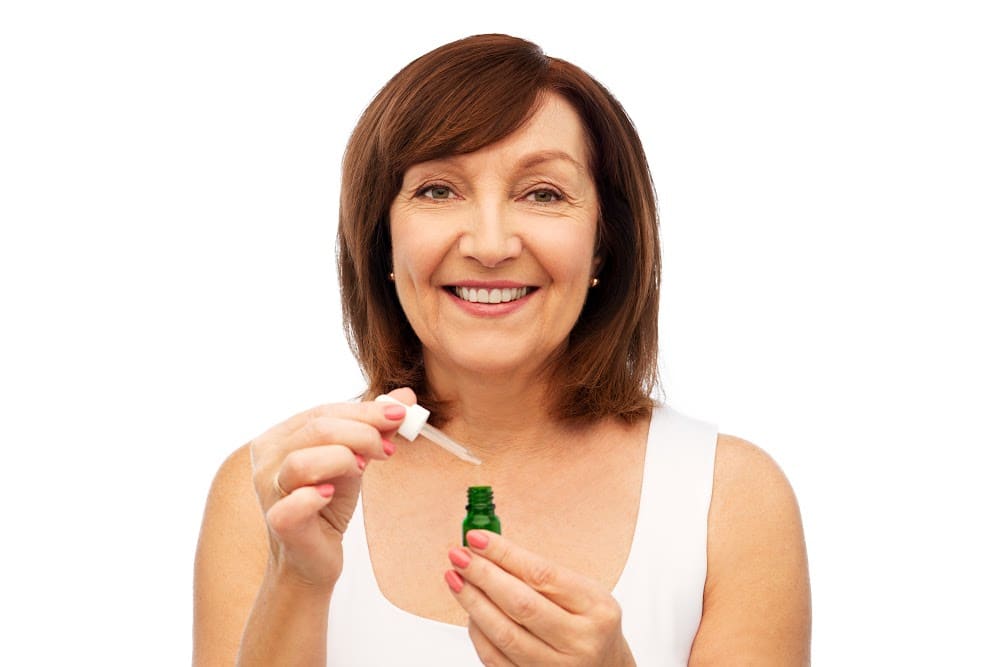
I wish I had started taking care of my body when I was younger. At 75 I now realize that! However, it is never too late and I am doing what I should have done earlier.